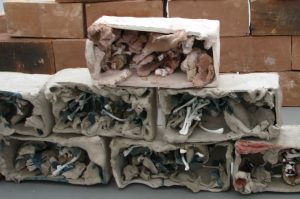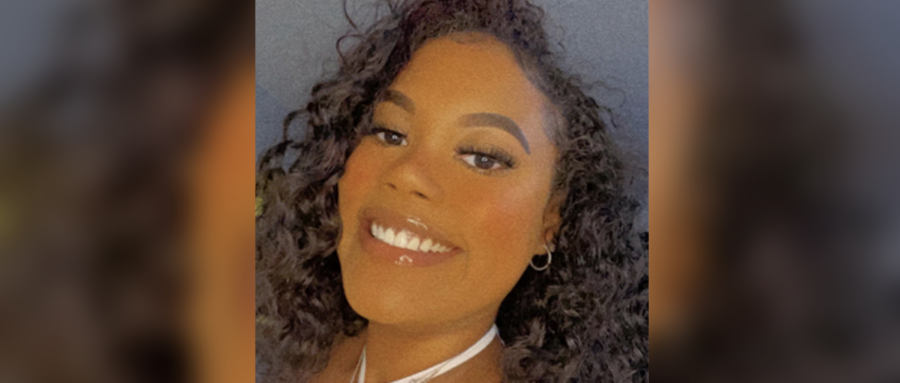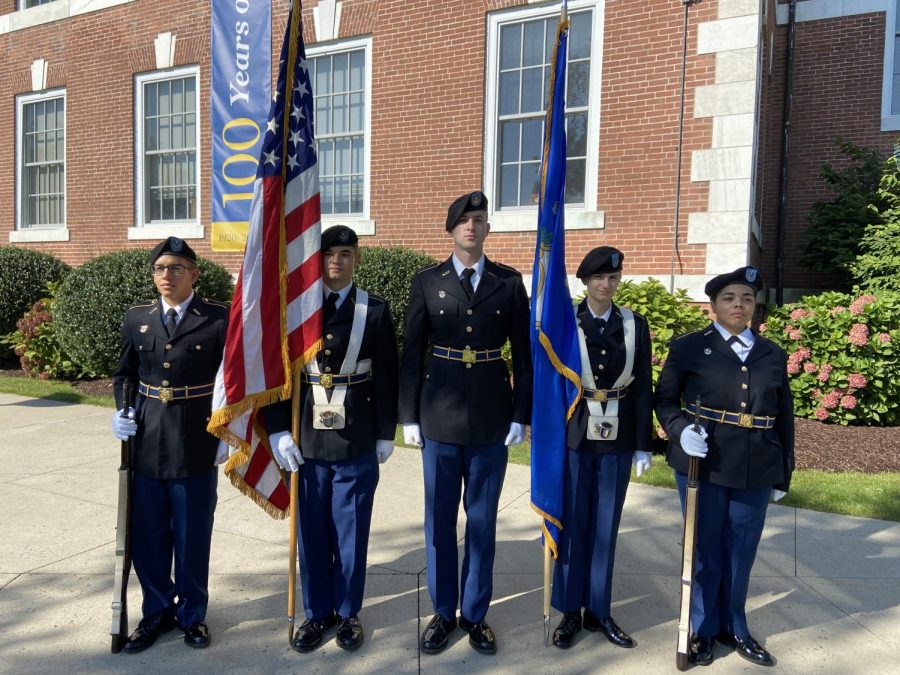Things are changing so fast in China that even material change doesn’t last, and this sentiment is reflected in the country’s

contemporary art, said UNH Philosophy Professor David Brubaker during a public lecture March 22 at the Marvin K. Peterson Library.
Brubaker’s lecture, titled “Contemporary Chinese Art in Beijing: Pressures of Change, Balance and Spirit,” looked at the rapid expansion of modernization in China through the lens of the art produced by the country over the last 30 years.
Brubaker traveled to China for the fourth time in October 2011 when he was invited to participate in two art events: the thirtieth anniversary of the China National Academy of Painting in Beijing and the Songzhuang Art Festival Academic Forum in Songzhuang Village.
As on past trips to China he’s taken, Brubaker met with Chinese artists and academics, and visited some of the galleries and museums in the area.
Brubaker explained that China’s cultural reservoir dates back thousands of years and includes such philosophical movements as Daoism, Confucianism, and Buddhism. With the country’s entry onto the world stage, however, it has had to come to terms with an influx of new values and ideas at a phenomenally fast pace.
“They have to deal with the interaction of pressures on this reservoir,” said Brubaker. “Everybody has to do this – we have to do it, too.” Brubaker’s slides showed how China’s art expressed this interaction by borrowing from both traditional Chinese concepts and Western art. One early example was Wang Guangi’s 1985 piece, “Untitled,” a portrait of Communist dictator Mao Zedong crossed over with a grid of red lines. “There’s a question here about which side of the grid you’re on,” said Brubaker.
The presentation moved from the Avant Garde and Pop Art movements in the 1990’s to the current contemporary movements, in which artists have gained a certain amount of autonomy of expression from the government.
As a more modern example, Brubaker showed a photograph by Chen Weiqun titled “Perspective (Oblique Line),” consisting of a line of rope stretched across a river. The picture, he said, was in part a reference to a Buddhist metaphor about reaching enlightenment, in which the goal was to cross from one side of a river to the other. Brubaker zoomed in on the far side of the river. “The line doesn’t make it to the other end,” he pointed out. “It disappears.”
Brubaker mentioned that he had been asked to write about several of the pieces, partly because, despite the explosion in the art market, the Chinese are still trying to learn from other countries about the academic side of art interpretation. “Art criticism and training art critics is something high on the list to do now,” he said.
Brubaker’s lecture was the third in a series of talks sponsored by the library throughout the semester. Three more lectures are planned through March and April. To learn more, visit www.newhaven.edu/library.










